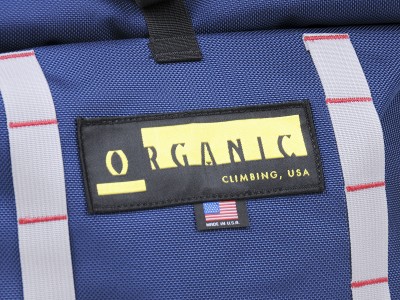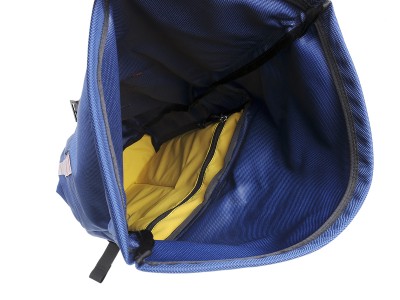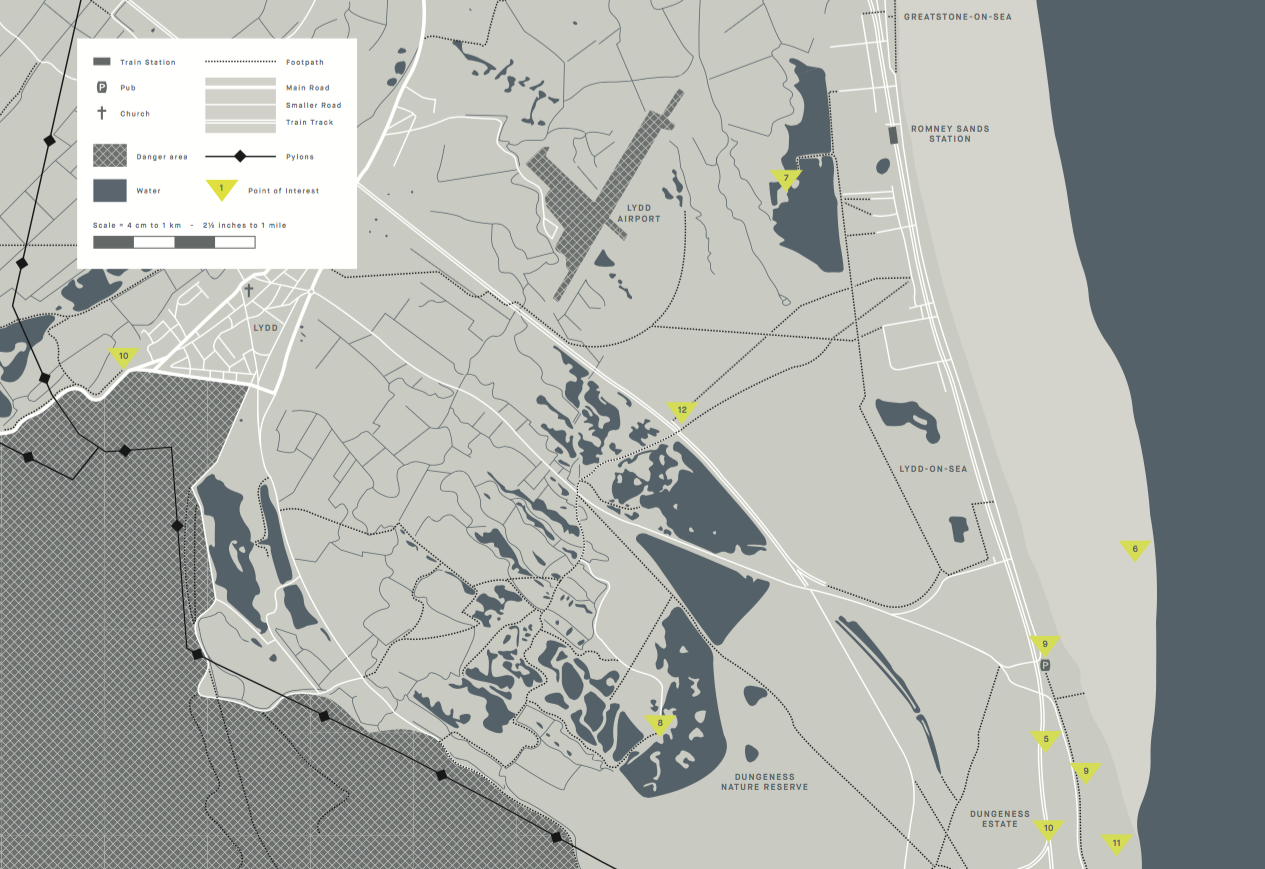Tell us a bit about Bearded Colonel – what's it all about?
The Bearded Colonel is a subscription service that delivers fresh razors through your letterbox once a month or once every two or three months, depending on how often you shave a week. We endeavour to provide a better way to shave. That means a better relationship with the people providing the razors, a better experience when buying the razors, and of course a better experience while actually shaving. The first two were simple fixes. You can’t have a good relationship with a brand if they’re extorting you by holding your face ransom. So it's easy – we offer a fair price. In our experience, men generally hate shopping errands and queues. We deliver razors regularly so you don’t even have to think about it.
What’s so special about your razors?
A fair price means nothing if the product is cheap and made in China. So, we teamed up with a century-old German manufacturer, who I think make the best razor blades in the world. They made their start in the grooming business producing straight razors for Europe’s top barbers. Today, they’ve developed something really impressive – they've cut our blades into the same shape as a straight razor, only much smaller. This makes the blades incredibly sharp and surprisingly durable. Sharpness, while often overlooked, is one of the most important factors for a razor.
What’s the art of a good shave?
Forget the gimmicks – the vibrating handles and roller balls – you need a good razor, and a good razor is a sharp razor. A lot of ads today talk about closeness. It’s silly really; they’re talking about getting half a micron closer. You literally need a microscope to see that difference. However, the sharper a razor, the smoother the shave; the smoother the shave the less irritated your skin will get, and that means less shaving rash. But a really special shave requires something extra – a shaving brush and a real shaving soap.
What’s important to you?
We want men to love shaving. You may have gone to a barber for a shave before, and I bet you loved it. You loved the feeling of luxury, the smell, and the way your face felt afterwards: smooth, supple, and strong. That experience can be replicated at home. Most men think they need a straight razor, but they don’t. What they need is a shaving brush, and a real shaving soap – not a gel or foam. The soap and brush are so often overlooked, but we found the best, and it makes all the difference. Our brush is made from pure badger hair and the cream is by Taylor of Old Bond Street.
Ernest readers receive 50% off their membership to The Bearded Colonel for the first month - just quote 'ERNEST' at the checkout.
This is a sponsored blog post, created in collaboration with The Bearded Colonel. For more information on partnerships and joining our directory please email advertise@ernestjournal.co.uk.


































